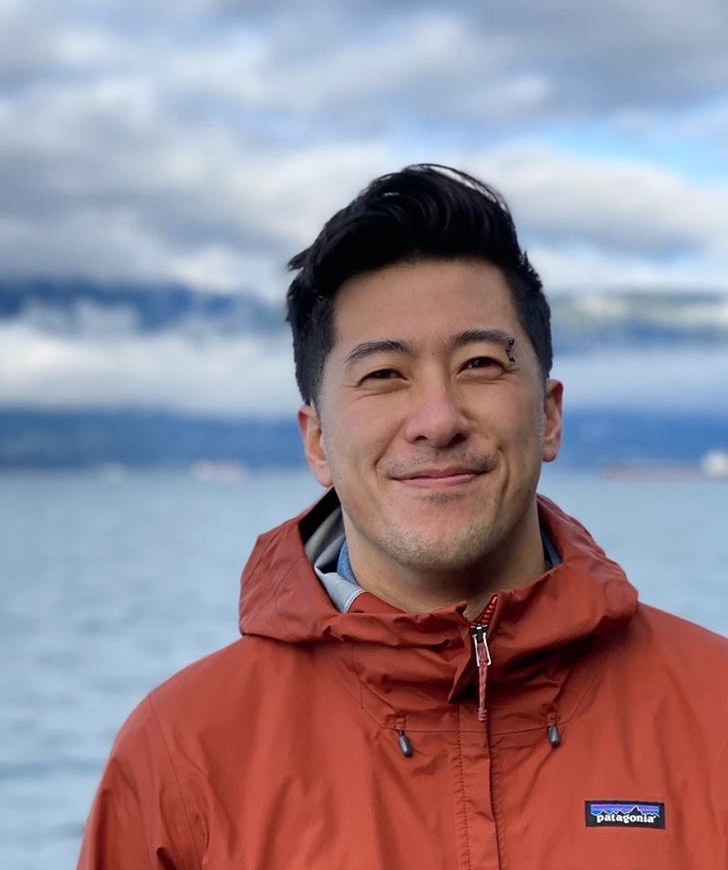Coral Nuclei Isolation Tests
This post is to troubleshoot coral nuclei isolations for single cell ATAC-seq. I will be troubleshooting protocols from multiple papers and on a few species.
Trial 1
This trial is based directly from Roquis et al. 2022.
I am also going to think about preserving the nuclei using this protocol
Materials
Equipment:
- Cold centrifuge with 15mL rotor
- Air Brush
- 15mL tubes
- Sterile whirlpak
- Dounce homogenizer
Chemicals:
- KCl
- NaCl
- MgCl2
- Tris/Cl pH 7.4
- Sucrose
- Sodium buryrate
- Dithiotreitol (DTT)
- Phenylmethanesulfonyl fluoride (PMSF)
- cOmplete protease inhibitor (Roche cat #11836145001)
- NP-40
- CaCl2
- RNAse inhibitor
Methods
Make buffers
Table 1: Chemical concentrations of each buffer. I will break down the volumes in the following tables but this is from the paper.
| Buffer 1 | Buffer 2 | Buffer 3 | MNase Buffer | |
|---|---|---|---|---|
| KCl | 30 mM | 30 mM | 30 mM | |
| NaCl | 500 mM | 500 mM | 500 mM | 500 mM |
| MgCl2 | 2.5 mM | 2.5 mM | 2.5 mM | 40 mM |
| Tris/Cl pH 7.4 | 15 mM | 15 mM | 15 mM | 10 mM |
| Sucrose | 1 M | 1 M | 1.5 M | 1 M |
| Sodium buryrate | 5 mM | 5 mM | 5 mM | 5 mM |
| Dithiotreitol (DTT) | 25 mM | 25 mM | 25 mM | |
| Phenylmethanesulfonyl fluoride (PMSF) | 0.5 mM | 0.5 mM | 0.5 mM | 0.1 mM |
| cOmplete protease inhibitor | 1 X | 1 X | 1 X | |
| NP-40 | 0.3 % | |||
| CaCl2 | 10 mM |
Tissue dissociation (Adapted from Grace Snyder)
- Mechanical Dissociation:
- Remove cells/tissue from skeleton with air brush and cold cell media
- “Cell media” refers to 3.3X PBS (salinity ~ 35 ppt; Mg- and Ca-free), 2% FBS, 20 mM Hepes, pH 7.4
- Mechanical dissociation is preferred due to shorter preparation time, but enzymatic dissociations are also optional; best for coral are dispase and liberase (~45 minutes for 1 cm2 fragment of a bouldering coral)
- Cell filtration:
- filter tissue slurry collection through 40um cell strainer (P. damicornis).
- For organisms with thicker mucus secretions, use a larger pore strainer first, such as 70 or 100um, followed by the 40um. Keep on ice.
- Optional:
- dose with appropriate volume of RNAse inhibitor (Millepore Sigma Protector RNAse Inhibitor)
- 1 uL or 40 units per 1 mL of cell slurry
Nuclei isolation
- Centrifuge tubes at 800 g at 4°C for 10 minutes.
- Carefully remove the supernatant and gently resuspend the pellets in 1 mL of buffer 1 and 1 mL of buffer 2.
- Transferred to a Dounce homogenizer and grind on ice for 4 minutes with pestle A, and let it rest on ice for 7 minutes.
- Transfer liquid to corex tubes containing 8 mL of buffer 3, in a manner that the homogenate would form a layer on top of buffer 3.
- The two solutions have a different density, which allow them to stay one on top of the other without mixing.
- Centrifuge for 20 mins at 4°C and 7,800 g, with the lowest break speed possible.
- This step allows separating coral nuclei, which will form a pellet at the bottom of the tube, from cell debris and Symbiodiniaceae cells, which stay at the interphase between the two buffers.
- Completely remove the supernatant by pouring out of the tubes and then by aspiration with micropipette.
- The pellets now contain coral nuclei and chromatin.
Quality Control
Preliminary protocol taken from Nadelmann et al. 2021.
-
FACS
- Proceed to FACS (which should occur at least fifteen minutes after staining with NucBlue).
- Follow instructions for flow activated cell sorting to separate Hoechst-positive nuclei from small-particle debris
- Sort through the entire sample to maximize the yield of nuclei.
- Each sample should run through the FACS machine for approximately thirty minutes
-
Microscopy
- A standard light microscope can be used with a 10x or 20x lens to view the nuclei.
- Microscopes with automated platforms, such as a Keyence, can also be used, to observe the presence of the fluorescent DAPI label in the nuclei, as the sample had been previously stained with NucBlue.
- Check nuclei morphology to confirm presence of nuclei and removal of debris. An intact nucleus should be round and 8–12 μm in diameter (e.g. nuclei from heart tissue)
-
RNA Extraction
- Sion from the UM Oncogenomics core suggested to perform an RNA extraction of some of the isolated nuclei to ensure we have high quality RNA.
- We should also sequence a few too.
Written on November 8, 2022
